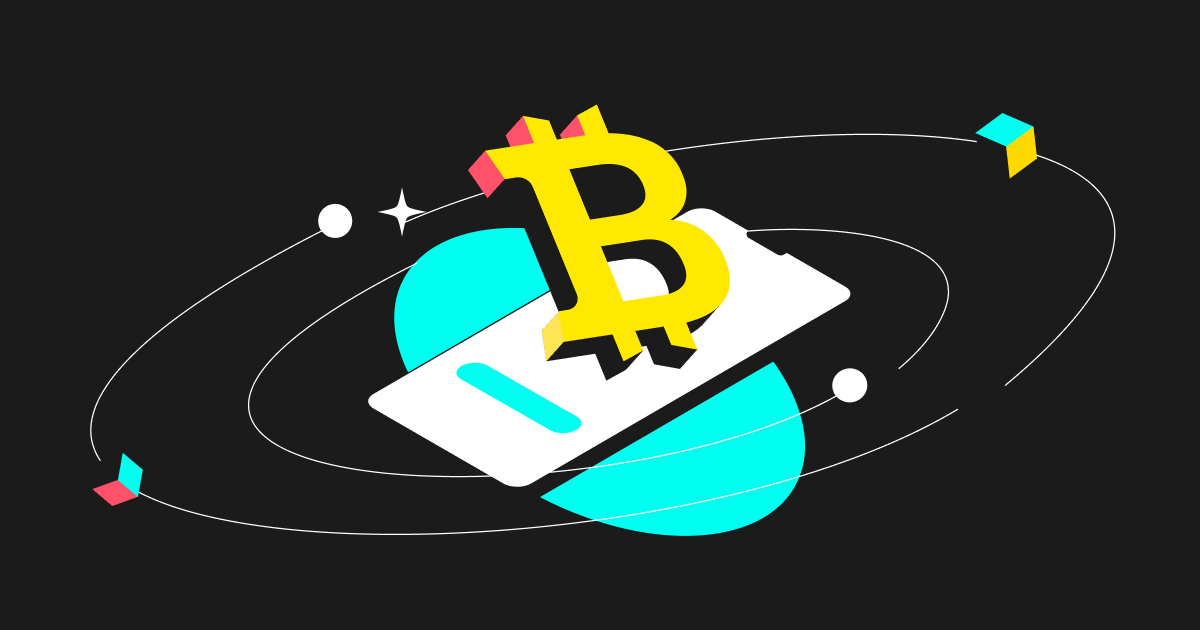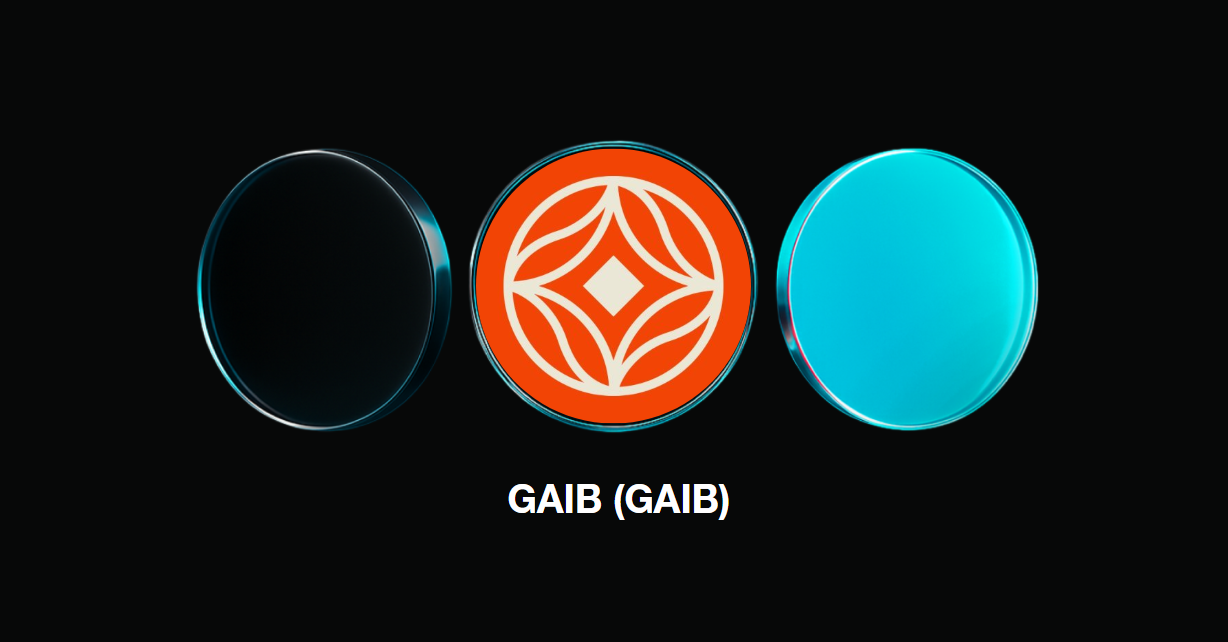
Bitcoin 101: Bitcoin Value and Price
This article is all about the determinants of Bitcoin price, valuation models, and how the mass adoption of Bitcoin is reflected in its price.
Bitcoin is unarguably the most well-known and most traded cryptocurrency for more than a decade. Sceptics waiting for the fall of crypto have been stunned when the famous coin hit US$69,000 in 2021 and again, there comes the burning question about the value of Bitcoin. This article will walk you through the basics in the hope that you can eventually find your own answer to the question.
What determines the price of Bitcoin?
First and foremost, what we are talking about here is the role of Bitcoin as a currency. To be truly considered a real currency, Bitcoin must show the following characteristics: scarcity, divisibility, acceptability, portability, durability and uniformity. As a digital currency, Bitcoin can easily pass the requirements of portability, durability and uniformity. Divisibility is already given, as the smallest unit of Bitcoin (one Satoshi) is equivalent to only one millionth of a Bitcoin. The value of Bitcoin therefore is determined by its scarcity and its acceptability.
The first Bitcoin bull run didn’t happen until 2013 - almost five years since its inception - and that marks the beginning of Bitcoin mass adoption. The growing need for decentralisation in recent years has truly made Bitcoin shine, because it is not regulated and not influenced by governments.
More acceptance also means more demand. And apparently Bitcoin mining is not very much affordable for everyone, so the supply sure is limited. It is safe to say that the key value driver of this digital currency is Bitcoin’s function of scarcity.
Bitcoin supply over the years
The long term vision of Bitcoin’s creator has resulted in a hard supply limit of 21 million coins. To date, nearly 92% of Bitcoin supply has already been mined, signalling a near-future pivotal point in its evolution. Out of the 19.374 million Bitcoin mined, 4 million are completely out of circulation due to various reasons, such as:
-
Wallet owners (permanently) lost their private keys or didn’t pass on the information for their families and heirs;
-
Some accidentally or intentionally burned their BTC by sending them to an unusable address;
-
Satoshi’s holdings 1.1 million Bitcoin has been unmoved for over a decade and it is unlikely that he or she or they will return some day.
There are other reasons that the circulating supply of Bitcoin will never reach its maximum, including the inactiveness of whales. Let’s look at the chart below:

Source: Customised chart using Glassnode data
Several bullish markets since 2017 and the percentage of unmoved BTC remains above 40%. This consolidates the scarcity aspect of Bitcoin as a currency and gives Bitcoin price great momentum.
Institutional adoption
Institutions started to harness crypto technology since the 2020 rally, either directly by adding them to their books or investing in Grayscale’s Bitcoin Trust (GBTC), Bitcoin ETFs and utilising CME’s Bitcoin futures contracts. From the perspective of acceptability, Wall Street is gradually recognising as well as embracing the digital trend.
Meanwhile, other big players choose another approach: supporting Bitcoin as a new means of payments for their goods and services. Among them are Microsoft (Xbox Live, apps and games), Wikipedia (donations and financial contributions), Paypal, Starbucks (via BitPay), Twitch and Rakuten. BTC payments were shortly available for Tesla products, but the firm quickly removed the option. However, the media exposure that came with the news already pushed Bitcoin price to a new all-time high. Traditional banks have been eyeing Bitcoin, too, which helps further increase its value.

Bitcoin buying and selling is available on PayPal. Source: PayPal US.
Publicity and Mass awareness
Maybe you have never owned or bought Bitcoin before, but you will definitely have heard the name somewhere. The bullish sentiment reached its peaks in 2017 and 2019 when new Bitcoin’s all-time high were recorded. An increase in the total number of searches for the term “Bitcoin” and “BTC” also coincides with the pandemic outbreak and the institutional adoption. More content and guidance on investing Bitcoin and transferring BTC across the network makes it much easier for individuals to enter the space, which, in turn, manifests in the rising price of Bitcoin.

Source: Constructed using data from Google Trend and CoinGecko.
Correlation with other assets
Similar to the US-Dollar, Bitcoin has a huge impact on the other cryptocurrencies. Even though Bitcoin dominance is noticeably decreasing over time, it still lives by the title of “the most famous and the first globally adopted cryptocurrency”. Several Bitcoin rallies have, indeed, inspired the tech-savvy to create new cryptocurrencies and stimulated the growth of the digital space in recent years.
On the other hand, Bitcoin has become more correlated with traditional assets: equities, SP500, NASDAQ100, commodities, and even with bonds. As a result, many financial institutions have started to accept Bitcoin as the emerging asset class and utilise it for the sake of risk diversification.

Bitcoin 1-year correlation to SP500. Source: CoinMetrics.io
Bitcoin price history
When we look back, it’s been such an impressive journey for Bitcoin. It was worth nothing when the pseudonymous Nakamoto Satoshi published the Bitcoin whitepaper and changed hands barely above zero in the next five years. Do you know that there is a Bitcoin Pizza Day that is celebrated on May 22 every year? It was the first time ever that Bitcoin was used in a commercial transaction, but that Florida man agreed to pay for his two delivered pizzas with 10,000 BTC in 2010.
It took the coin three more years to climb to the US$1,000 mark, and even led to the installation of the first Bitcoin ATM in Vancouver, but the rally didn’t last long. At that time, many had predicted the fall of Bitcoin and referred to it as a scam, only to be stupefied by the 2017 upsurge. Bitcoin price exceeded US$20,000, representing a return of 20X in less than 12 months and a market capitalization of over US$1 billion dollars. It immediately captured the attention of mainstream media, encouraging more retail investors to trade and hold BTC.
And the rest is history.
An alternative store of value?
One important question is: Does Bitcoin really function as a store of value? Gold has been the most famous store of value in the history of mankind and is still considered a solid option for storing wealth in uncertainty. Many argue that Bitcoin can hardly serve as a new store of value because of its extreme volatility, but it was also the same for gold in the 1740s. In 1971 when the U.S. decided to stop pegging the US-Dollar to gold, this precious metal had quite a battle to prove itself a qualified store of value. There was, for example, a downturn of 24% in 1975 following the 73% increase in 1974. In 1982 at one of its all-time lows, gold lost almost two thirds of its value two years prior.

Gold price in the 1970s. Source: macrotrends.net
We can very well expect that Bitcoin is following the same path. Yes, we’ve been through some insane fluctuations, but data is saying the volatility is declining as Bitcoin value appreciates more stably.

Source: buybitcoinworldwide.com
It’s too early to dismiss the idea that Bitcoin will become the new store of value. What we know is Bitcoin is on the same beginning track with all other existing stores of value and, considering its current market cap, there is much more to observe until Bitcoin price finally reaches its steady state. Another factor to fuel this ride is the activation of social activism and growing need for a decentralised payment system.
How much of the world’s money is in Bitcoin?
The global balance sheet of 2022 reported a total wealth of US$630 trillion, while the market cap of Bitcoin stood at US$319.72 billion on December 31, 2022. At the US$16,604.02 mark of this day, Bitcoin’s representation of global wealth is thus 0.05%.
Valuation models for Bitcoin
The rational will need to be able to express future Bitcoin price movements with valuation models. Below are the two commonly used Bitcoin valuation models.
Stock-to-Flow
This model treats Bitcoin similar to precious metals that historically have served as different stores of value (gold, silver and platinum) due to the following reasons:
-
Their supply can’t significantly and artificially be increased, hence the relative scarcity;
-
The acquisition of these assets takes time;
-
They retain value over time.
Considering Bitcoin a store of value, we can calculate the ratio between its circulating supply and yearly inflows of newly mined coins. The higher the ratio, the lower the price elasticity of supply and consequently the more valuable it becomes.
This model was introduced by the pseudonymous PlanB in 2019. It has so far been fairly consistent with changes in Bitcoin prices.

Source: lookintobitcoin.com
Fair value
Instead of trying to forecast Bitcoin prices in the future, the model by Claude Erb (former commodity portfolio manager at TCW Group) focuses on deriving Bitcoin’s true value from its network effect, i.e. the overproportional growth of a network value in relation to the number of connected users.

Source: Claude Erb.
Despite the difference between Erb’s valuation of Bitcoin and the market price, what is worth mentioning here is the constant increase in Bitcoin’s fair value since 2010. And even if we are to address these swings, other publicly traded assets experience variances to their fair value, too.
Overall, it’s acknowledged that Bitcoin value is determined by the basic market mechanism of supply and demand, same as other established assets. We are collectively on a rising tide of decentralisation, where Bitcoin takes the lead and undergoes stress tests so as to demonstrate attributes of a true store of value.
Applying the valuation models with Bitcoin futures trading
Enough with the theoretical formulas, you are encouraged to learn more about the fascinating world of blockchain and get some hands-on experience with Bitcoin trading without having to own the actual Bitcoin. Bitget offers a variety of Bitcoin investment products, such as Bitget Coin-Ⓜ Futures, Bitget USDT-Ⓜ Futures, Bitget USDC-Ⓜ Futures and Bitget Copy Trade, all of which can give our users better, yet indirect, exposure to Bitcoin.
Being the leading derivatives exchange for cryptocurrencies, we focus on perfecting the design philosophy of our products and, most importantly, continuously improving customer experience. No matter who you are, a completely newbie or an experienced investor, there is always a suitable option for you on Bitget.




